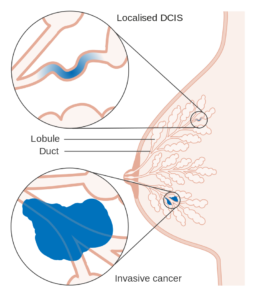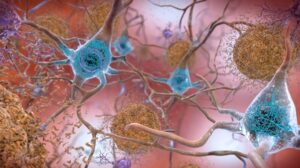Silver nanoparticles made with fungus prove effective against bacteria

Redistributed by neucrad health February 8, 2019
Did you know that the first ever antibiotic, the Penicillin, discovered by Sir Alexander Fleming, was derived from the fungus Penicillium notatum? With time, scientists found several new antibiotics from other microorganisms, including fungi and bacteria. However, thanks to the reckless overuse of these drugs, many of these are ceasing to be effective against several types of bacteria, leading to the emergence of drug-resistant bacterial strains and forcing scientists to find novel antibiotics that work. In one such effort, researchers from the Indian Institute of Technology Bombay, have synthesised silver nanoparticles with antibacterial properties extracted from a type of dung-loving fungi.
Coprophilous, or ‘dung-loving’ fungi, grow on animal dung. They are harmless to humans, and their spores do not cause any disease. The researchers of the current study, published in the journal IET Nanobiotechnology, have used these fungi to make the nanoparticles as it is easy to separate the mycelia from them. Mycelia are the vegetative parts of the fungi that contain numerous branches. Although silver nanoparticles can be chemically synthesised, it requires the use of toxic chemicals, which is not the case with using fungi.
Once the fungi grew well, the mycelia were filtered out and mixed with silver nitrate. After thoroughly mixing the two, silver nanoparticles, measuring about 60-80 nanometres were formed. The nanoparticles bound to mutolide, an anti-inflammatory drug derived from a dung-loving fungus called Lepidosphaeria. Two enzymes in the fungi— nitrate reductase and phytochelatin synthase—helped convert the silver molecules into silver ions, required for the formation of nanoparticles. These nanoparticles could target bacteria individually or in combination with other antibiotic drugs.
The researchers tested these nanoparticles individually and in combination with other commonly available antibiotics. They used the silver nanoparticle solution on a piece of fabric with bacteria and counted the number of bacteria after a day. They found that the nanoparticles had successfully arrested the growth of Bacillus subtilis and Staphylococcus aureus by up to 85%. The researchers believe that the solution can hence be used for wound dressing and to prevent wound infection post surgeries.
When the silver nanoparticles were combined with available antibiotics such as Vancomycin, Gentamicin and Amikacin, the researchers found that the combination was now more effective in killing bacteria than individual drugs. They can be used to treat urinary tract infections, wound infections, and to wash urinary bladder, say the researchers.
The study’s novelty lies in using the fungus, coprophilous, to synthesise silver nanoparticles that act on various bacteria. Although the fungus is well known for its antibacterial property, its potential to form silver nanoparticles is new. The silver nanoparticles have the potential to also fight against many multi-drug resistant bacterial strains, say the researchers.
Source: Research Matters, written by Alakananda Batni, Mumbai, Feb 7, 2019; Evaluation of anti-bacterial activity of silver nanoparticles synthesised by coprophilous fungus PM0651419








